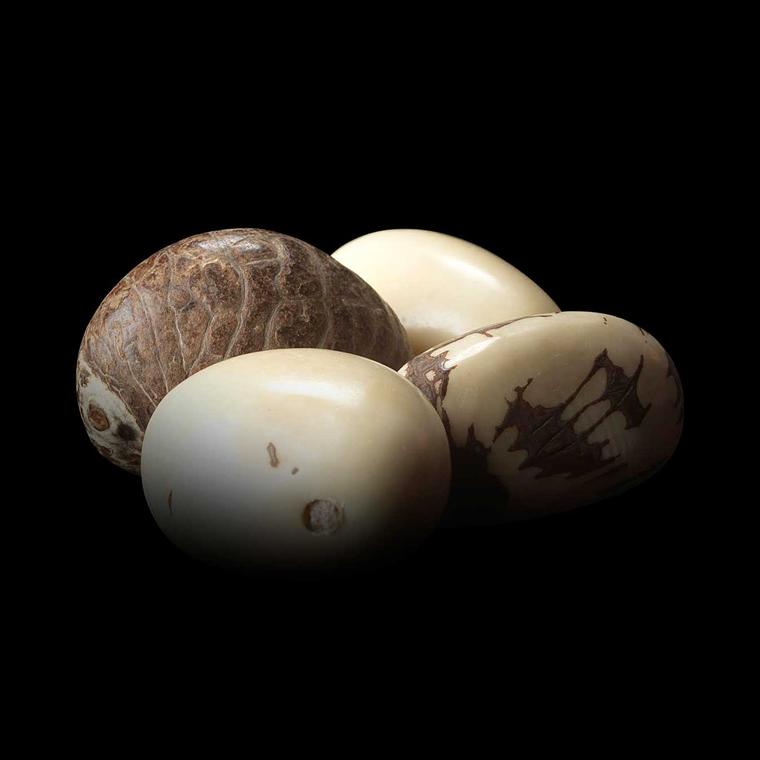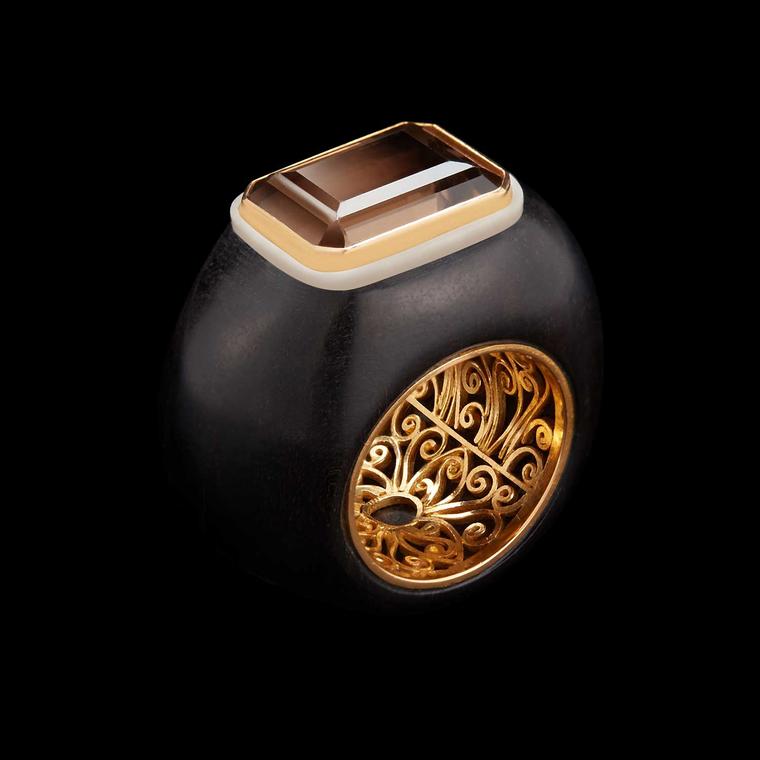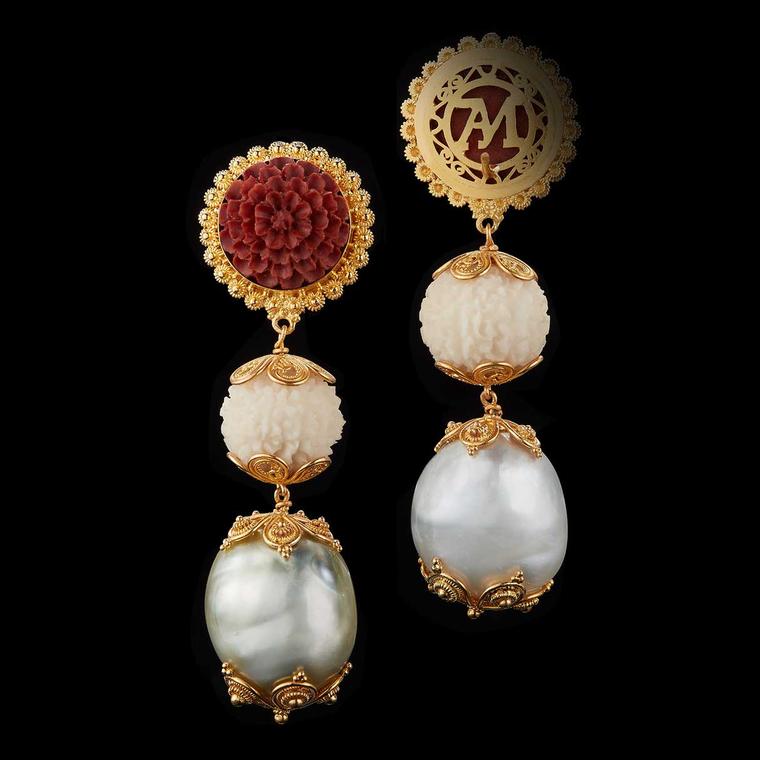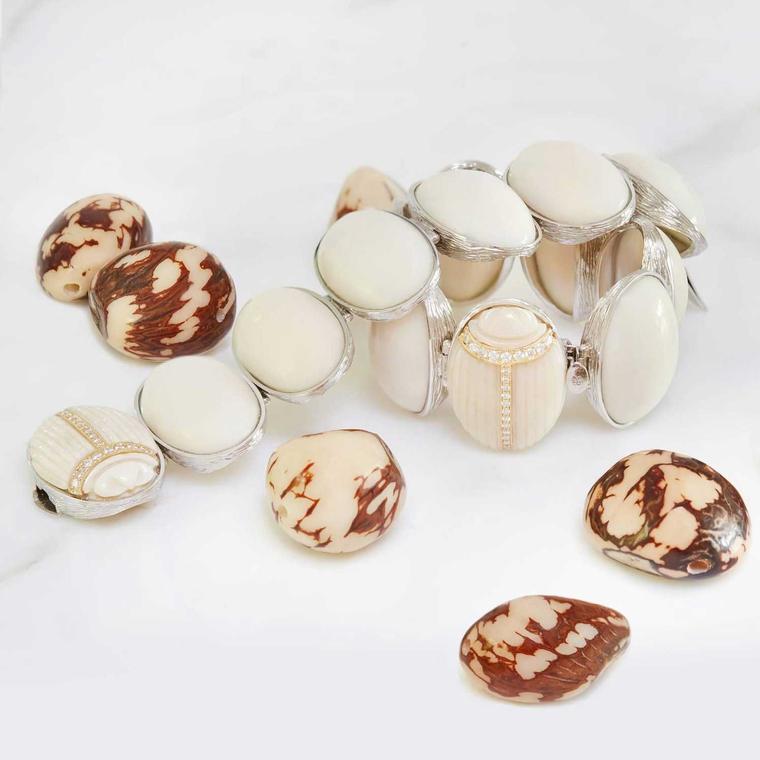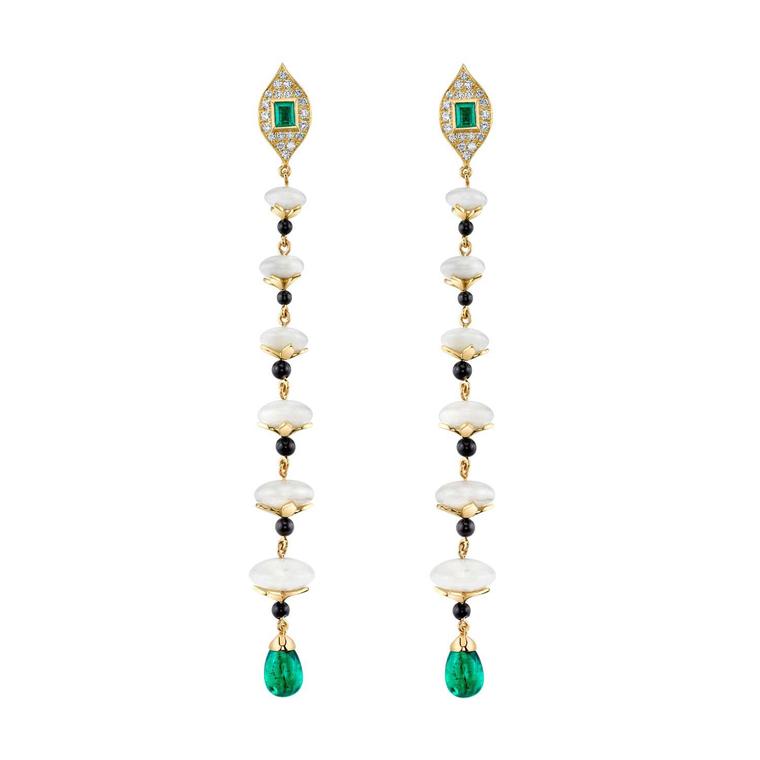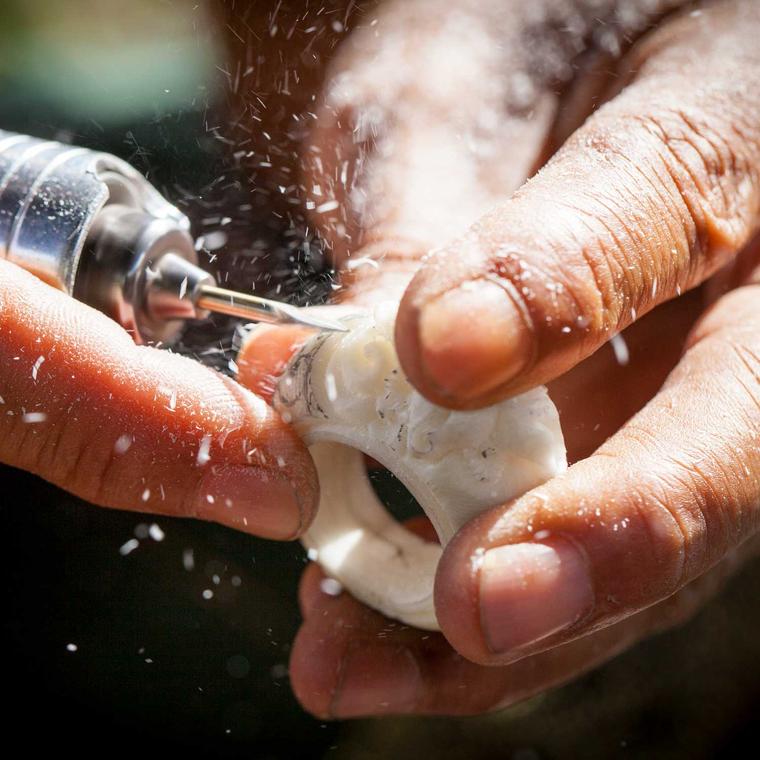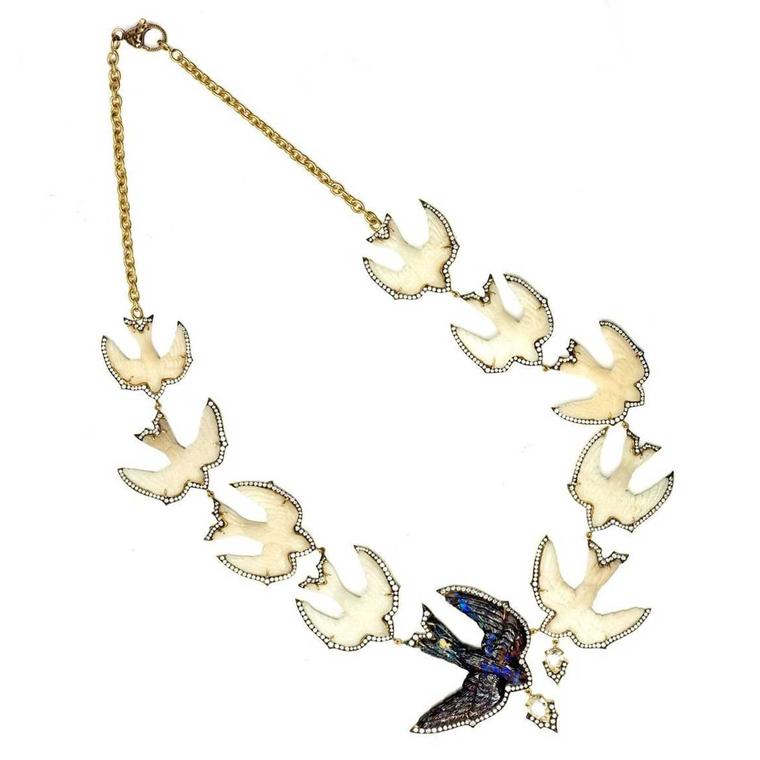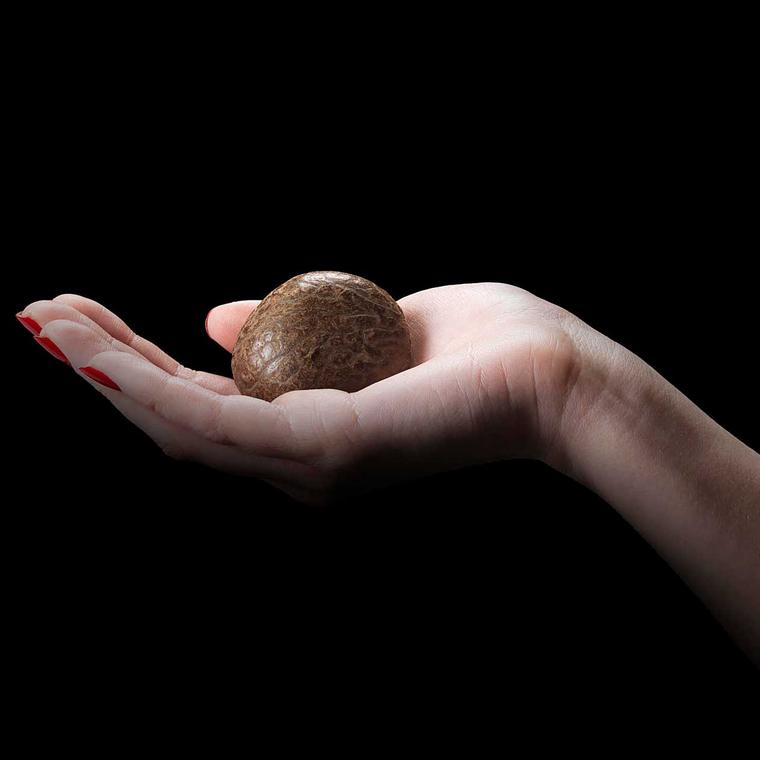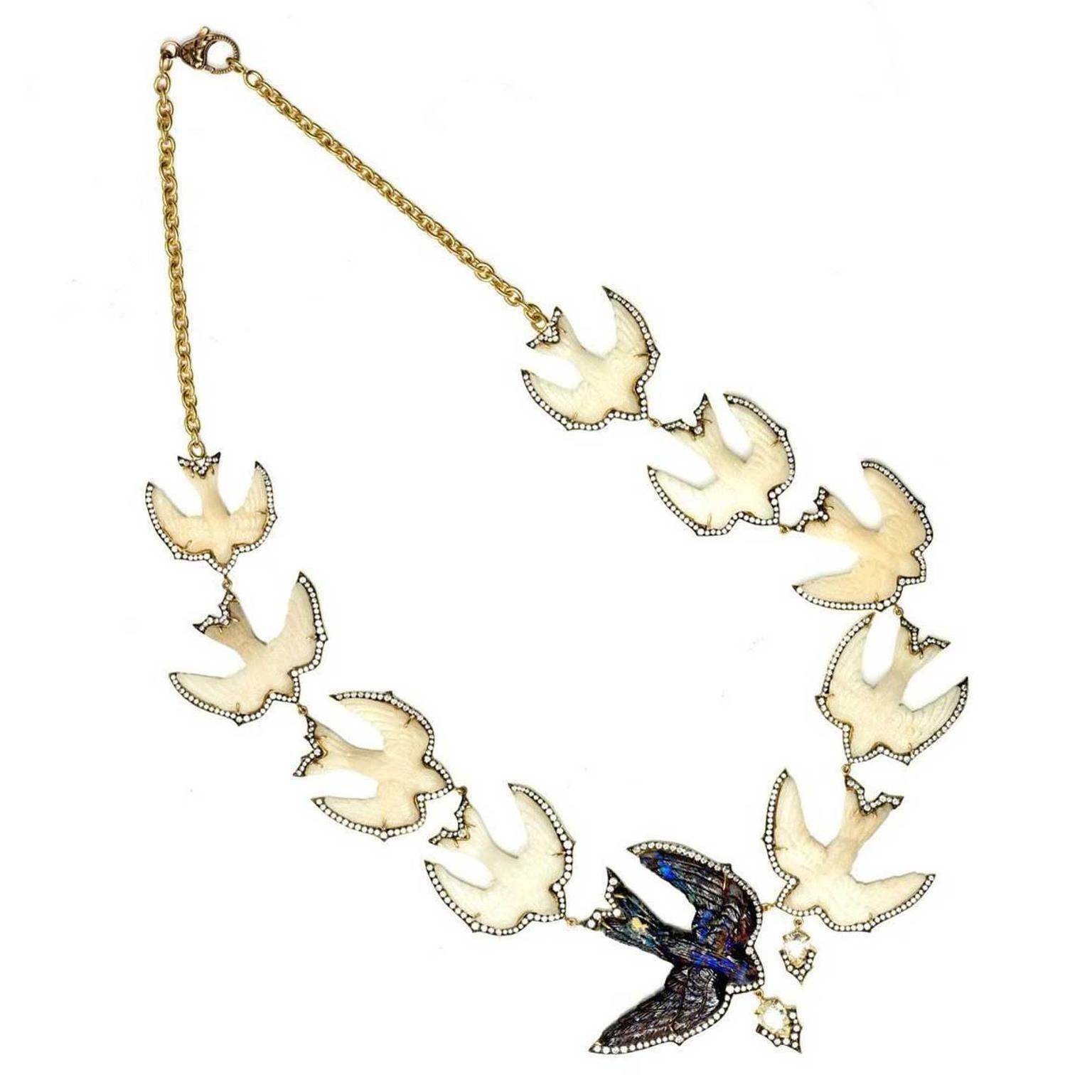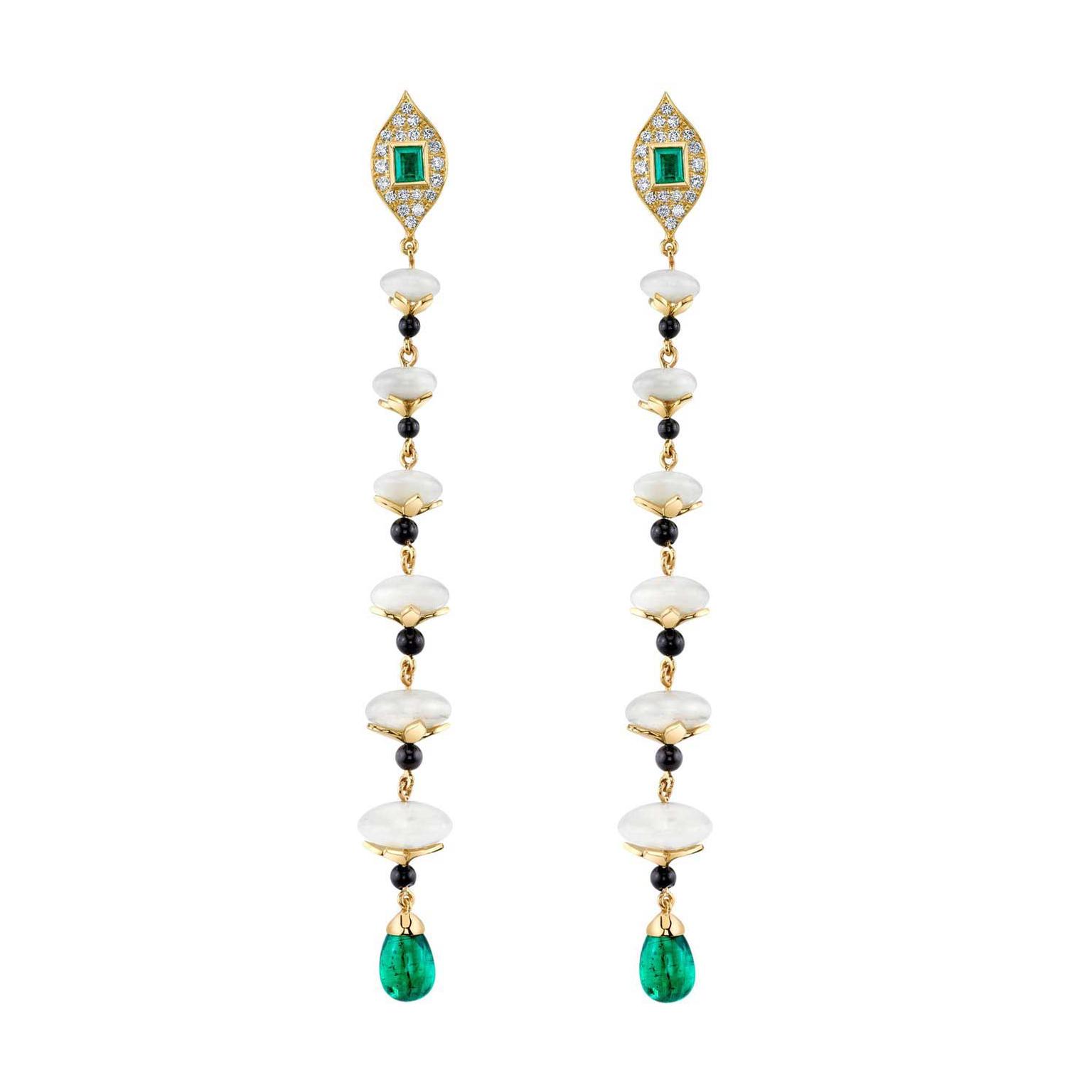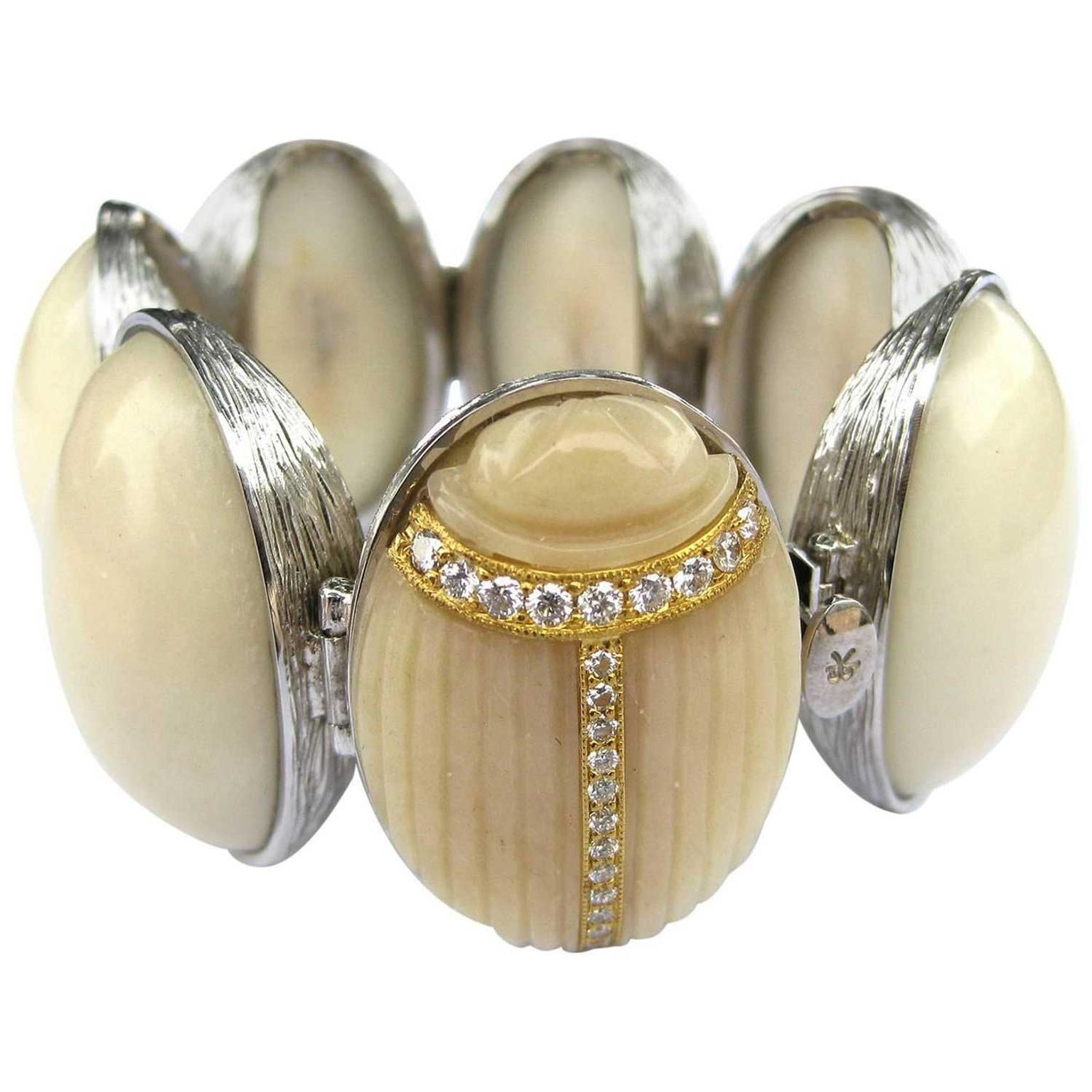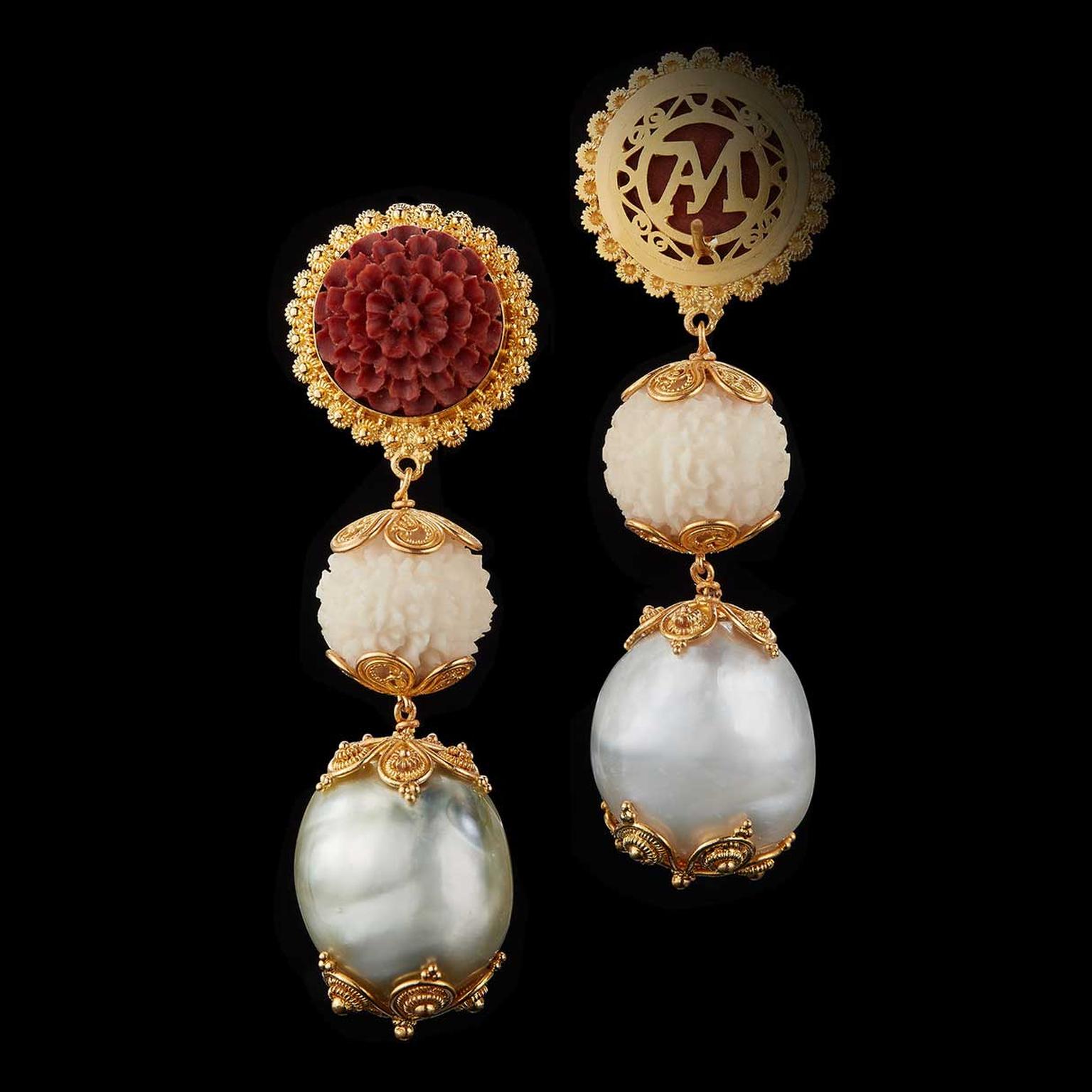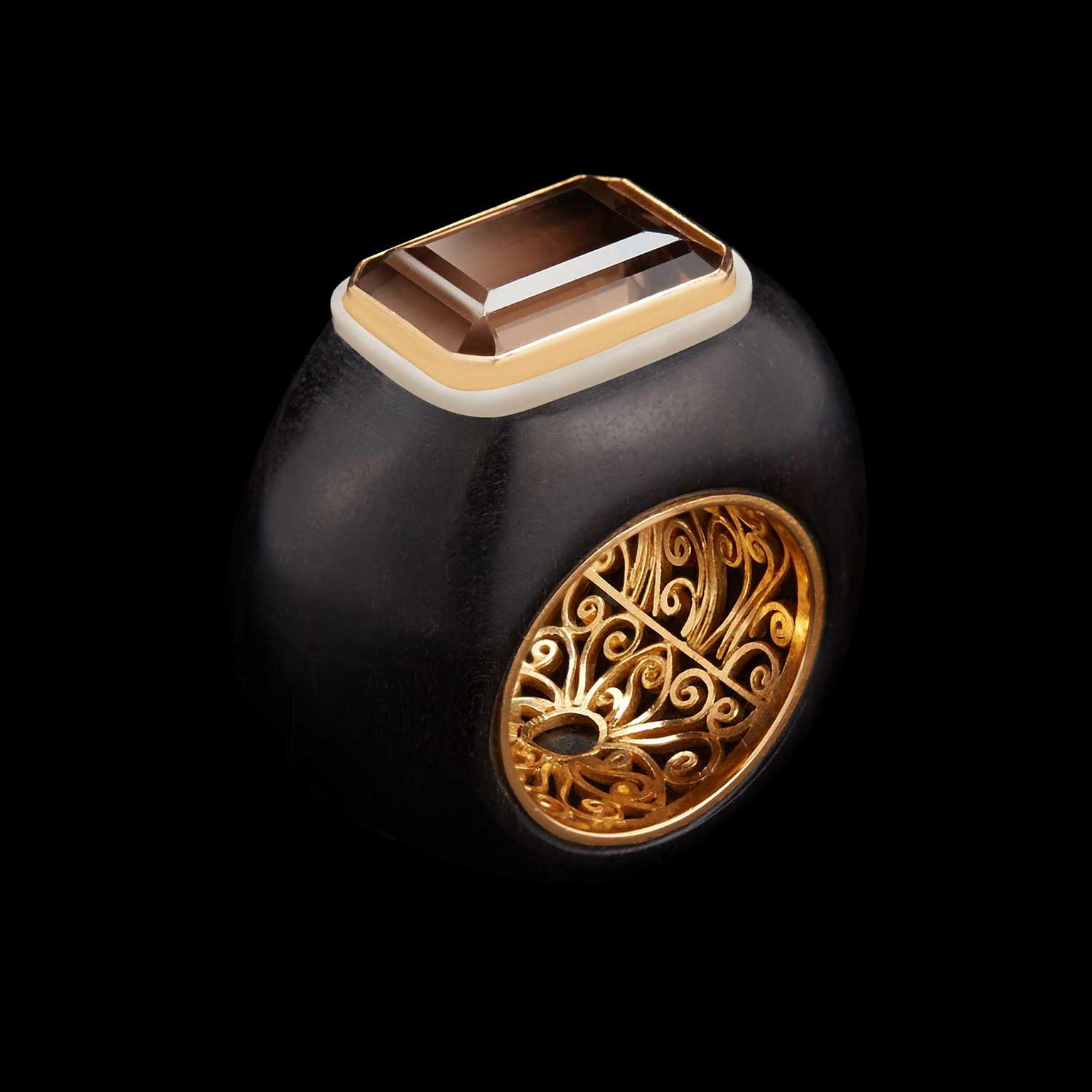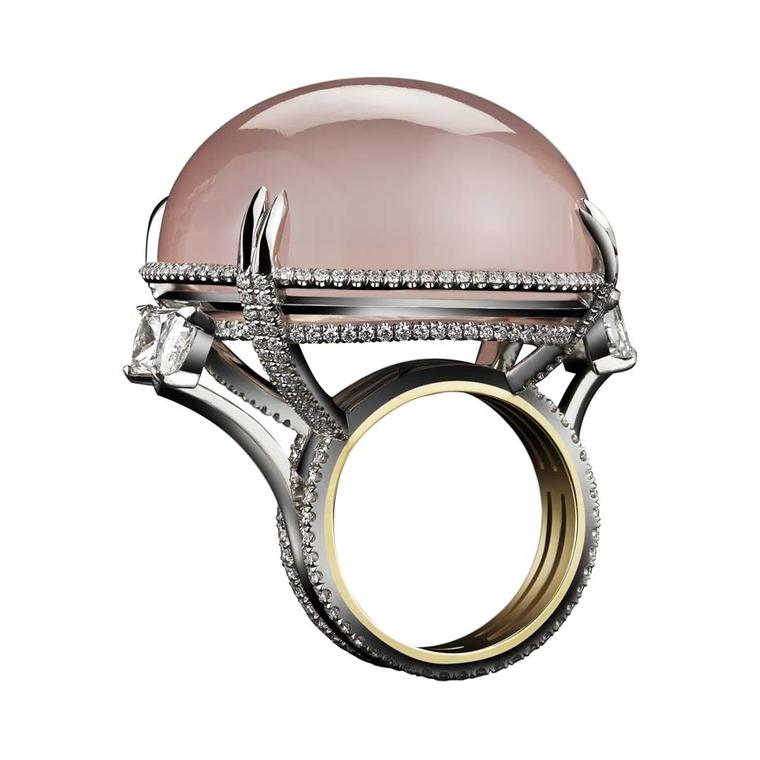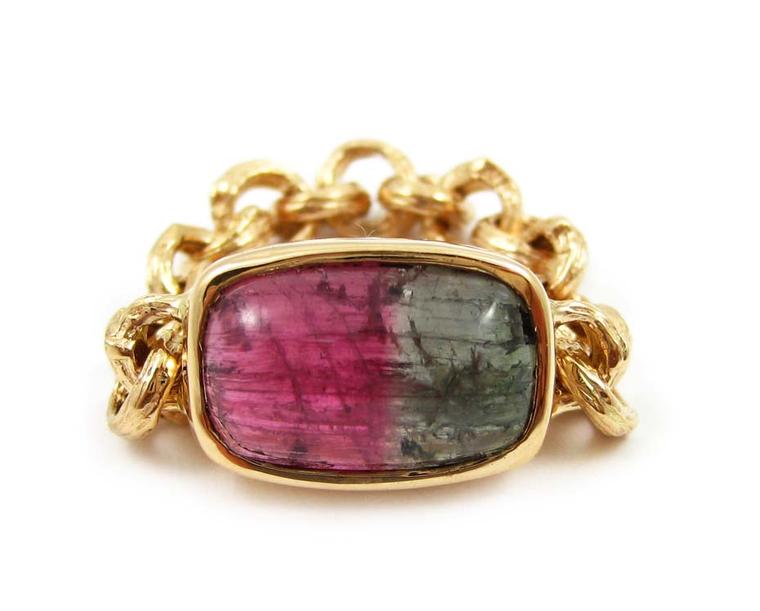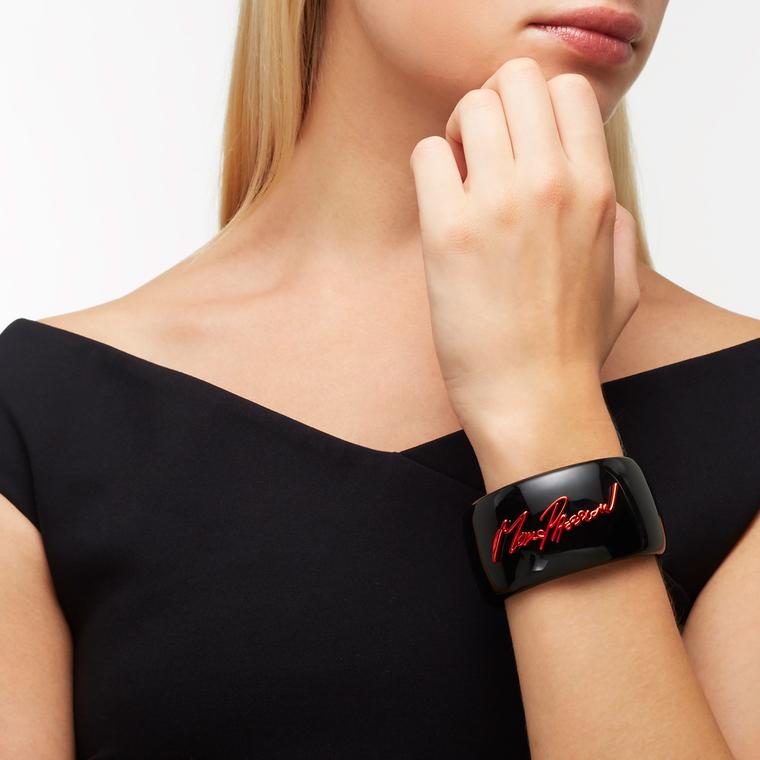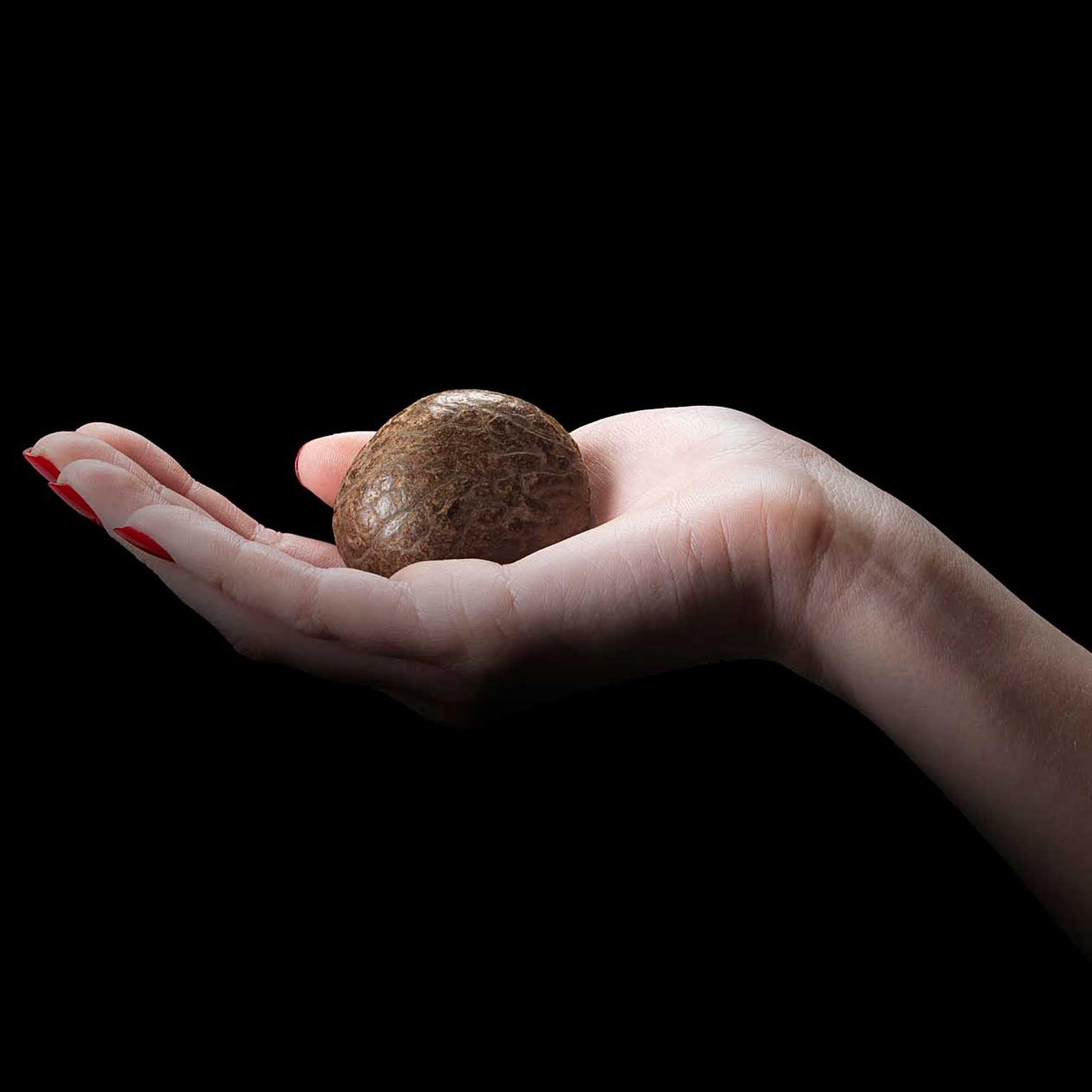
Last week the British government announced that it is planning to ban the sale of all ivory. Michael Gove, the environment secretary, has been quoted as saying that it will be “a ban that’s more comprehensive than anywhere else in the world”, with just a few exceptions, including historically important pieces and sales to and between museums.
This is an important moment for the UK, which is, according to Paul Littlefair, head of the RSPCA’s international department, the world’s largest exporter of “legal” ivory. By legal ivory he means antique ivory produced before 1947. But how will this help today’s elephants? “The legal trade fuels demand for illegal ivory,” he says, “causing horrendous suffering to the 20,000 African elephants killed each year by poachers.”
So what does this mean for the jewellery industry? The use of ivory has long been considered unacceptable in the Western world. I can’t remember the last time I saw it used in a contemporary design, and while you might come across an ivory jewel in an antiques shop, that will cease to be the case in the UK as soon as the ban comes into place. But there are parts of the world where elephant ivory is still being used for jewellery, and it is this tradition that is compelling a handful of jewellers to explore an eco-friendly alternative in a bid to educate the world that there is absolutely no justification for the use of ivory.
The proposed alternative is the little-known Tagua nut. The seed of six different species of palm tree, these pure white nuts become hard like stone when dried and are often referred to as vegetable ivory because of their resemblance to elephant ivory. Harvested in the rainforests of northwestern South America, it can be carved just like ivory and, in some regions, offers an economically viable alternative to deforestation.

Leading the way is jeweller Alexandra Mor, a New Yorker who recently relocated to Bali to reconnect with herself. “I had spent the past seven years in the heart of Manhattan working on my signature collections and growing the identity of the Alexandra Mor brand,” she says. “But somewhere along the way, though things were thriving on the outside, on the inside my own heart and identity were slipping away. I decided to move to the island of Bali to search for new inspiration and a connection with meaningful practices that would enhance not just my work, but my spirit.”
The culturally rich Indonesian isle was the perfect environment for Mor to consider her brand and explore how she could make it more meaningful, human and eco-conscious. The Tagua nut, she discovered, was the answer. Working alongside local master goldsmiths, she created the first haute couture jewellery collection to feature this botanical alternative to elephant ivory. On its completion, she contacted Vogue Italia and together they inspired a group of designers to create Tagua nut jewels to highlight its sustainable potential in jewellery design.
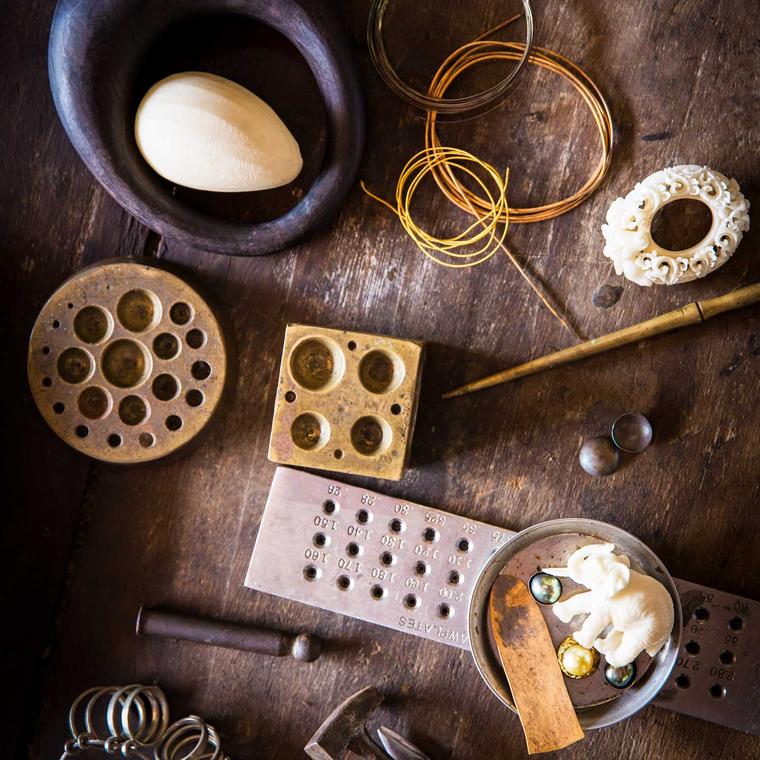
The launch of the collaborative collection of jewels took place at Vogue Italia’s third edition of US Protagonists, a showcase of American design genius in fine jewellery. An annual event that celebrates mindful luxury, 11 designers displayed their Tagua nut creations alongside Mor: 1884 Collection, Coomi, John Hardy, JvdK, K. Brunini Jewels, KC Sukamto, Kristin Hanson, MCL Design, Sharon Khazzam, Hind Mater and Sylva & Cie. Co-host of the event was 1stdibs, the online antiques marketplace, where many of the pieces are being sold.
It certainly looks like ivory, but is the Tagua nut a viable alternative in the long term? Mor explains that they are both abundant and sustainable: “In one year, a single Tagua Palm can produce as much ivory as an average African elephant can in its lifetime. It holds the power to shift our destructive ways of consuming through suffering to a more sustainable, peaceful and compassionate paradigm.”
There is a problem, though. As the BBC points out in its feature on the Tagua nut from earlier this year, in which it reports that sales are booming for one exporter in Ecuador, “Even the longest Tagua seeds are much shorter than the average elephant tusk, which limits the size of the ornaments that can be made from the material. And secondly, it lacks ivory's exclusivity.” In China, ivory remains a luxury item and changing centuries-held attitudes won’t happen overnight.
Education is the key, and this is what Alexandra Mor and her fellow jewellers are hoping to achieve with their creations. Mor quotes a tragic fact to make her point: “It’s been estimated that up to 25,000 elephants are killed annually for their tusks. That means one elephant is killed every 15 minutes. A great deal of ivory is still used for decorative arts and jewellery, which is then exported to North America and Asia. We can all make a significant impact to help stop the senseless killing of these beautiful and soulful animals by eliminating the use of elephant ivory from markets and actively caring, informing and educating retailers, designers and consumers alike.”
*20% percent of sales of The Vogue Italia Collection of Tagua Jewelry will go to the Mount Kenya Trust, an organisation instrumental in elephant habitat conservation. Visit 1stdibs.com to see the whole collection.


